Tresco Abbey Gardens, Isles of Scilly
Catching a first glimpse of the Isles of Scilly from the air, you could be forgiven for thinking you have been transported to a sun-kissed Caribbean archipelago with white sandy beaches and turquoise waters. However, these idyllic islands, only 5 of which are inhabited, lie less than 30 miles off the UK’s Cornish coast and are accessible via airplane, ferry or private helicopter! On the second largest island, Tresco, you’ll find the beautiful, sub-tropical Tresco Abbey Gardens. A photographer’s and botanists dream, the gardens were founded in the 19th century by Augustus Smith, a nature lover and Lord Proprietor of the islands. The gardens are home to over 20,000 sub-tropical plant species, and even during mild winter months, it’s possible to view more than 300 plants in bloom. Labyrinth pathways criss-cross lush landscapes and terraces with palms and cacti wind between the ruins of an old Benedictine Abbey which once stood on the land. Monterey cypress trees, elms, sycamores and sturdy oaks line walkways and along immaculately tended borders, Lobster Claw plants, slender blue Echiums and delicate pink Pelargoniums sit side by side, swaying in the gentle breeze. There are archaeological wonders to explore, plus a museum on-site dedicated to the island, its shipwrecks and the figureheads which graced their bows. When you’ve completed your enchanted garden adventure, the island of Tresco also offers fine dining, bird-watching, hiking, cycling, kayaking and luxurious spa facilities!
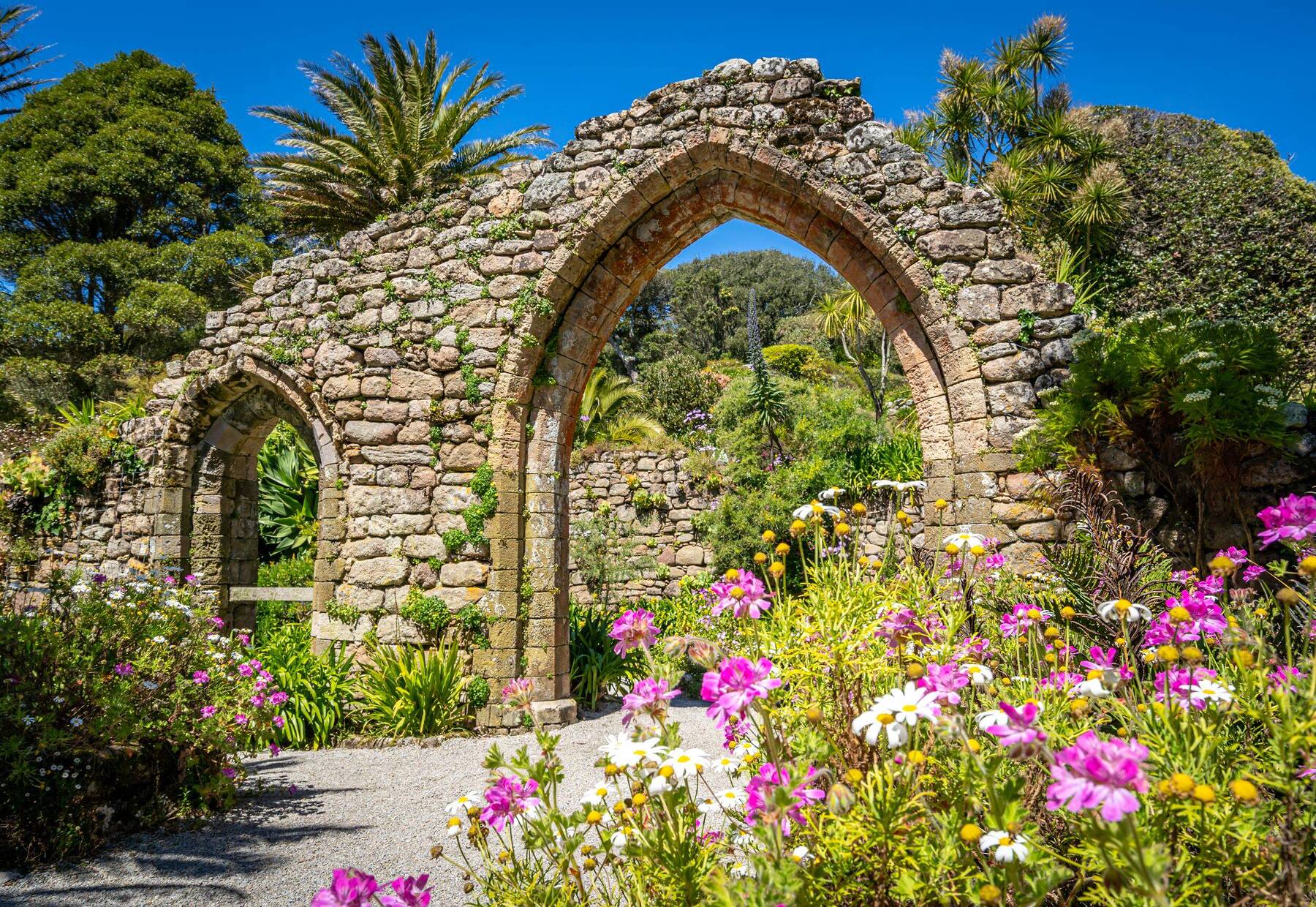
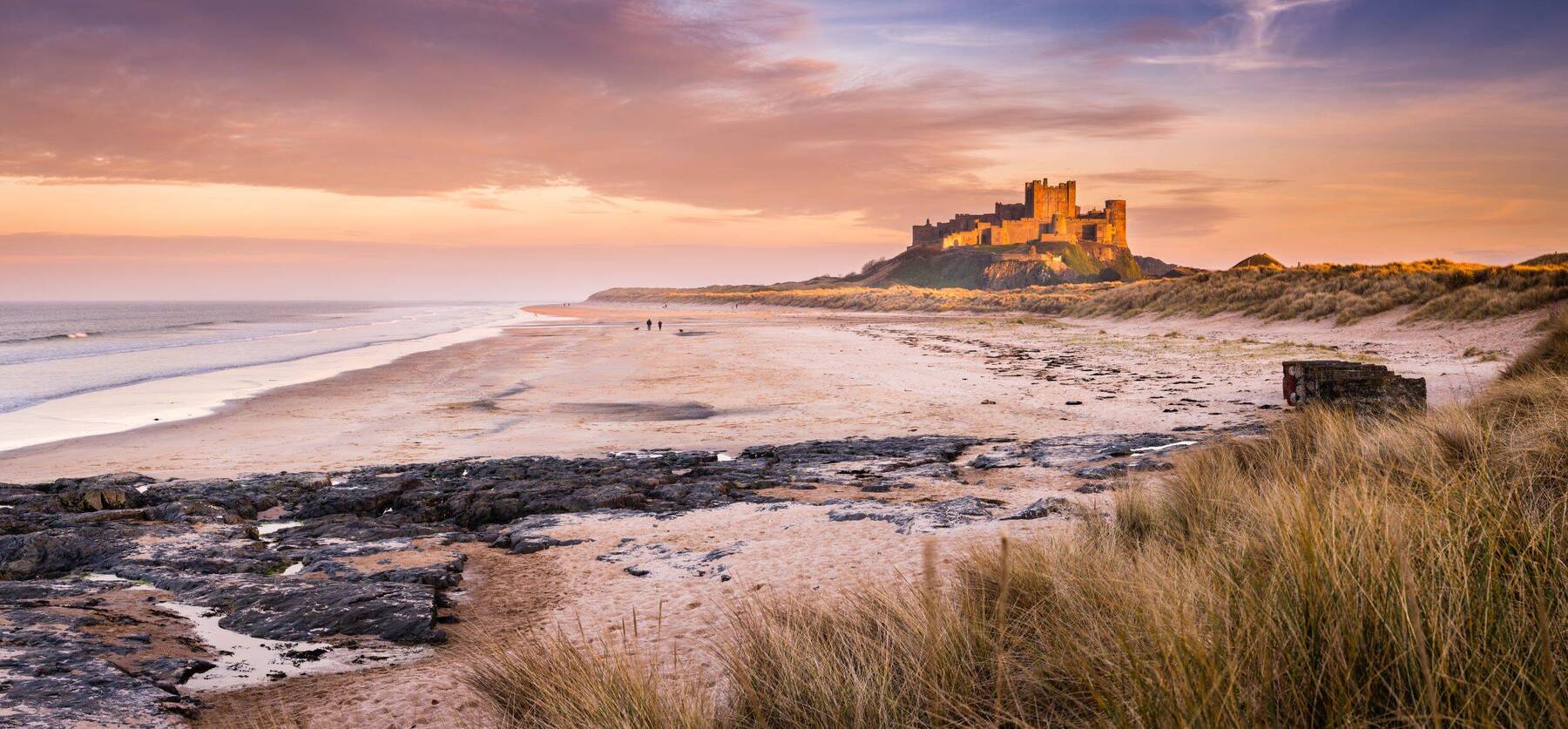
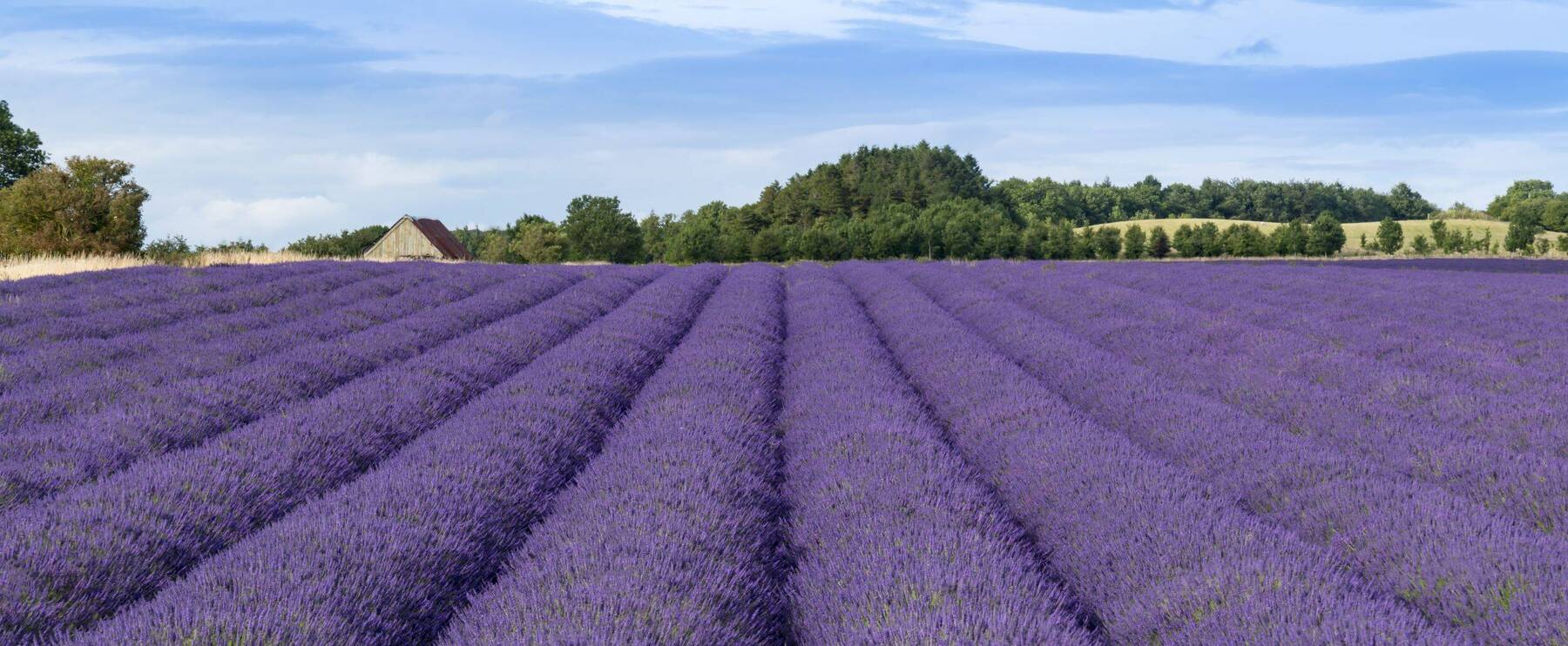

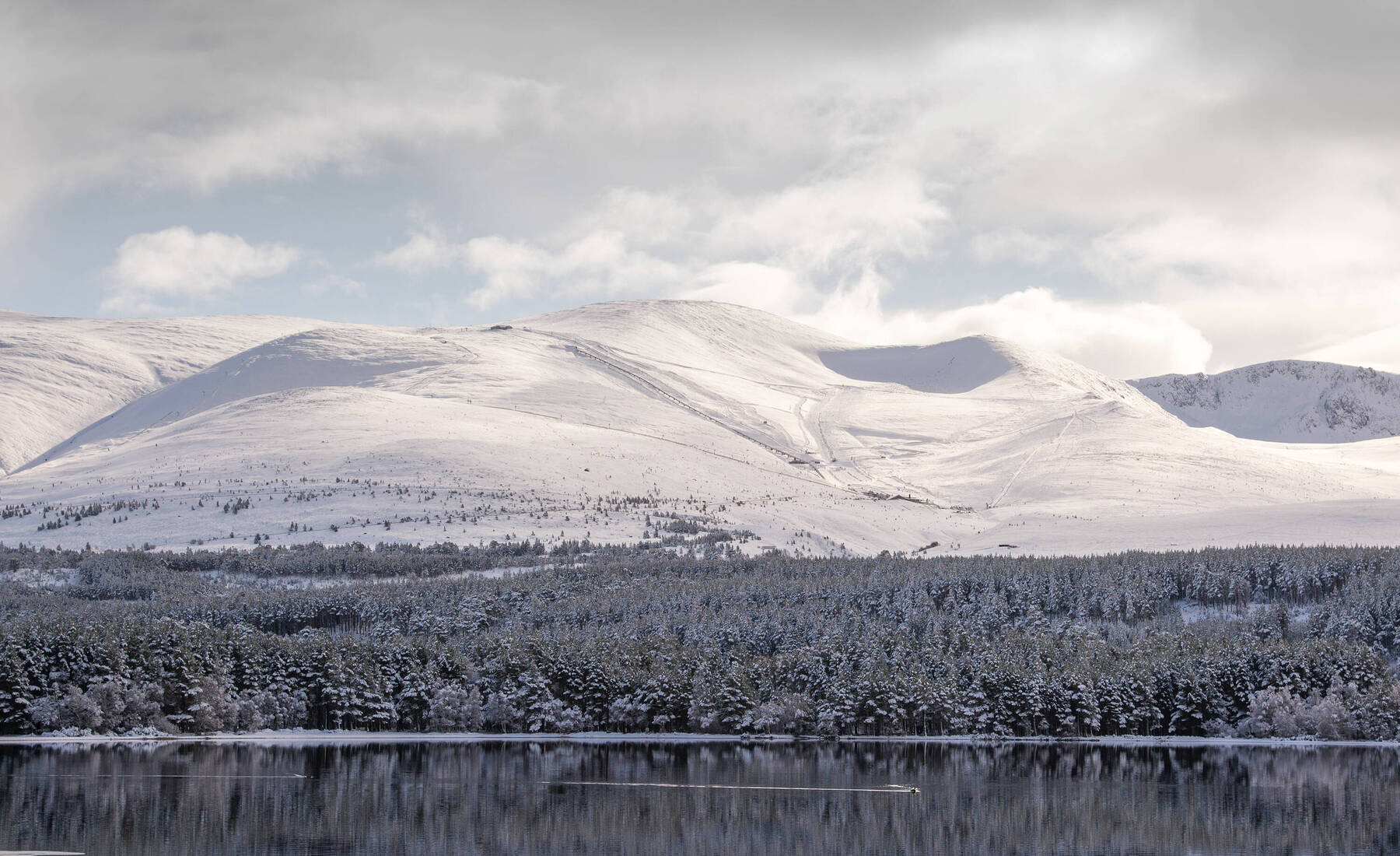
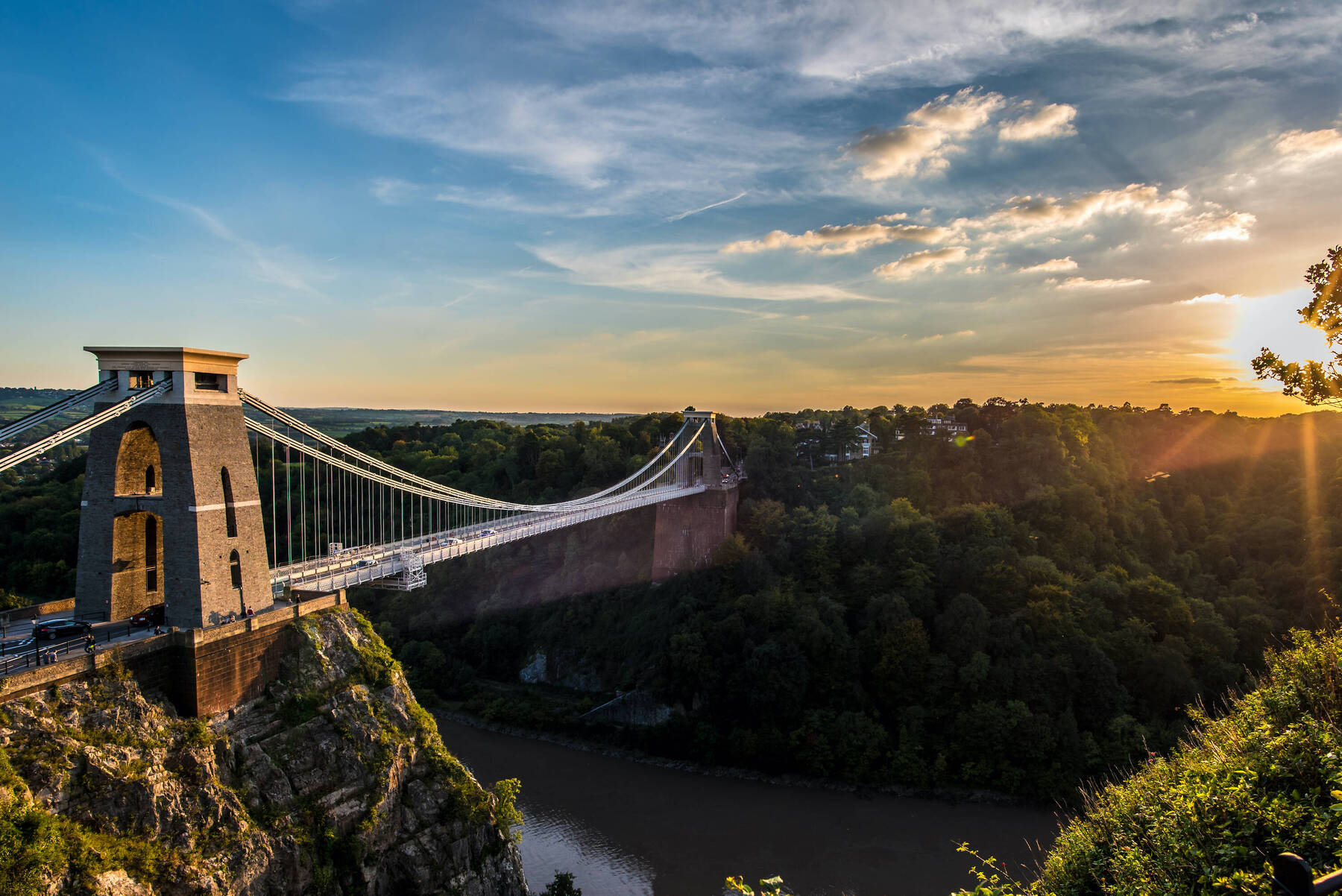


Comments